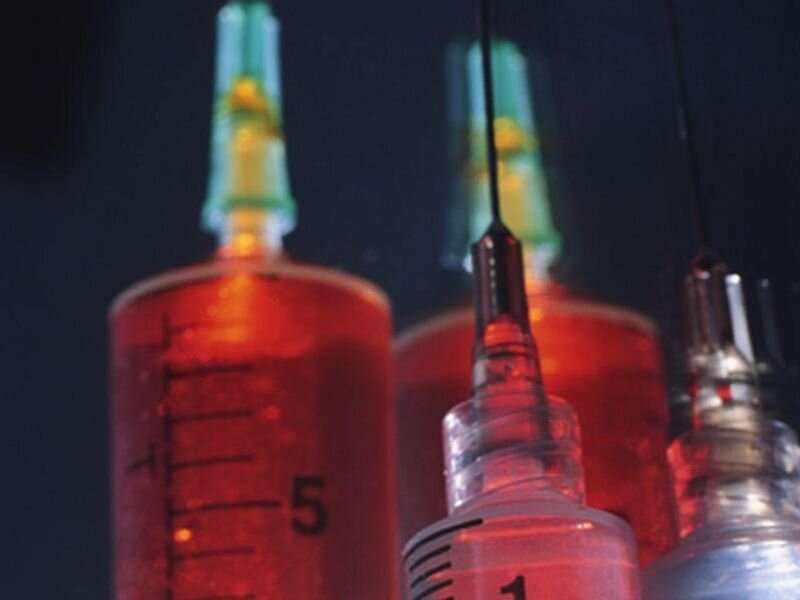
The U.S. Food and Drug Administration granted marketing approval for the Lumipulse G β-Amyloid Ratio (1-42/1-40) test, the first in vitro diagnostic test for early detection of amyloid plaques associated with Alzheimer disease, the agency announced Wednesday.
The test is indicated for patients 55 years and older who present with cognitive impairment and are being evaluated for Alzheimer disease and cognitive decline. The test offers an alternative to potentially costly positron emission tomography (PET) scans to detect amyloid plaques in a patient’s brain, often years before clinical symptom onset. The Lumipulse test is used to measure the ratio of β-amyloid 1-42 and β-amyloid 1-40 concentrations found in cerebral spinal fluid (CSF) to help physicians determine whether a patient is likely to have the hallmark sign of Alzheimer disease of amyloid plaques. The FDA notes that results must be interpreted with other patient clinical information.
“With the Lumipulse test, there is a new option that can typically be completed the same day and can give doctors the same information regarding brain amyloid status, without the radiation risk, to help determine if a patient’s cognitive impairment is due to Alzheimer’s disease,” Jeff Shuren, M.D., J.D., director of the FDA Center for Devices and Radiological Health, said in an FDA news release.
The marketing authorization was based on safety and efficacy data from a clinical study of 292 CSF samples from the Alzheimer’s Disease Neuroimaging Initiative sample bank. Ninety-seven percent of individuals with Lumipulse G β-Amyloid Ratio (1-42/1-40)-positive results had presence of amyloid plaques on PET scan, and 84 percent of those with negative results had a negative amyloid PET scan.
There is a risk for false-positive and false-negative results with the Lumipulse G β-Amyloid Ratio (1-42/1-40) test. “Importantly, the Lumipulse G β-Amyloid Ratio (1-42/1-40) is not a stand-alone test and other clinical evaluations or additional tests should be used for determining treatment options,” the FDA states in the press release.
Source: Read Full Article
